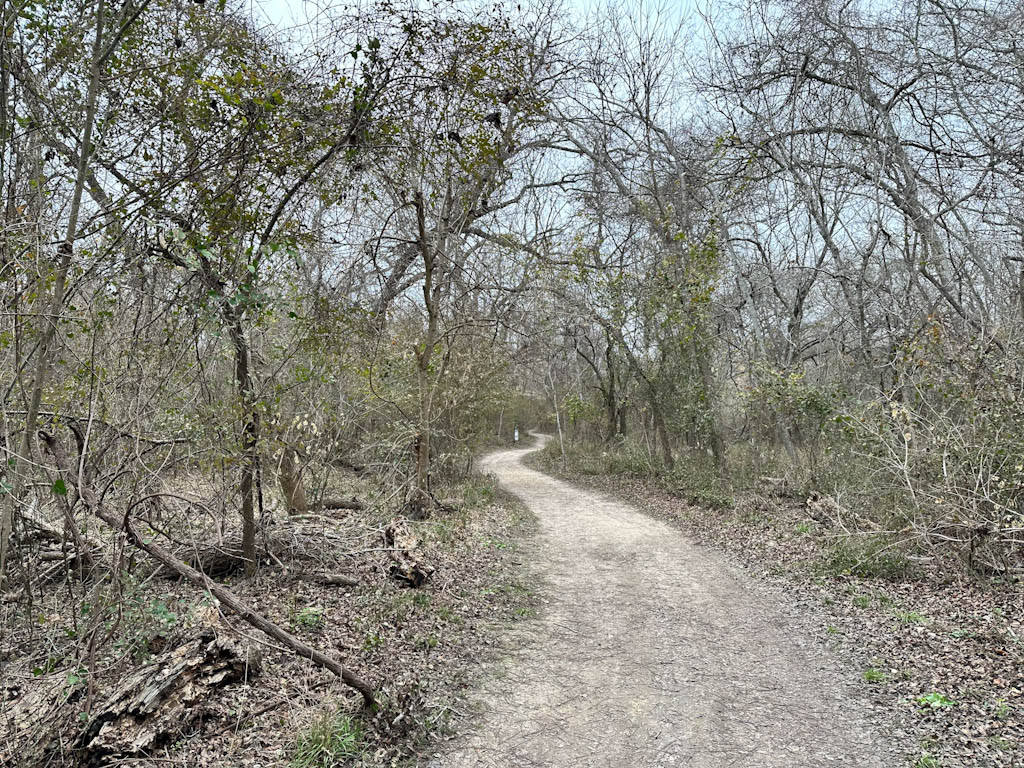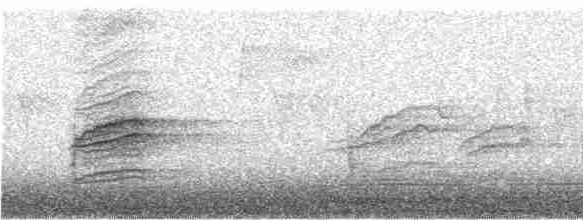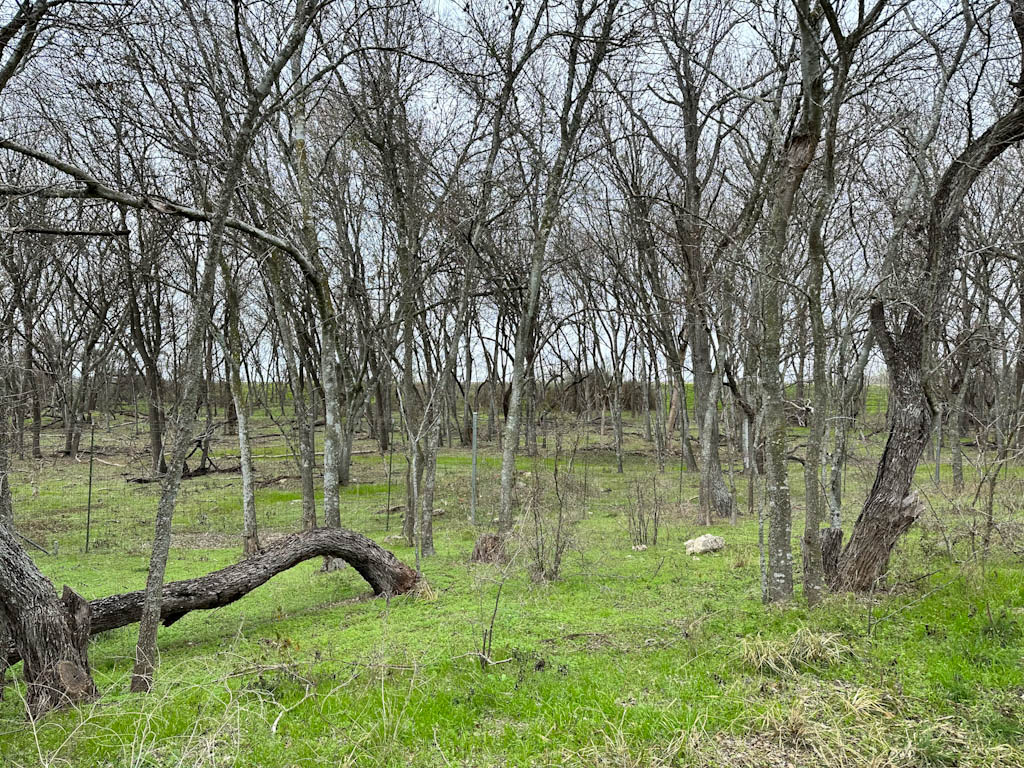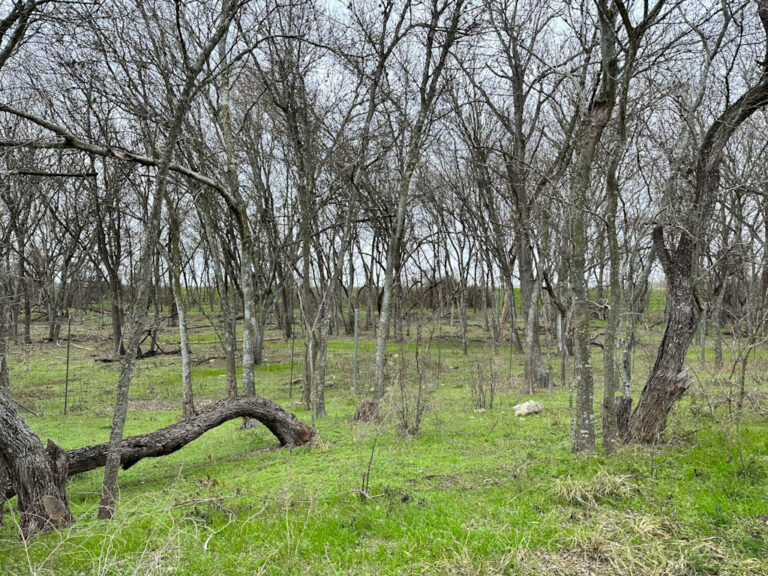Medina River Natural Area
I arrived to Medina River Natural Area at 7:45 AM with my gear in tow. Once my setup was on, I slowly embarked down Rio Medina trail with attentive ears. My focus today was to record and capture as many clear bird sounds as I could.
Like the last time I was here, the trail was alive with the sounds of nature. This is a special time of year where you can be in the forest and hear the songs of the birds without many insects competing for attention.

Many birds could be heard all around but, just like with photography, your choice of subject is key.
A territorial clash of calls
The first cool subjects were a few Red-shouldered Hawks and American Crows that were causing a huge commotion. Perched in a giant, spooky-looking tree, two hawks took flight and glided through the forest. Their cries and caws were loud and rang clear through the barren trees while they flew.
With my headphones on and my microphone at the ready I recorded these birds from a few different spots.

Certain lifers (seeing a bird for the first time) may happen in a group setting and when you see or hear it on your own it’s a different experience. I find occasionally that I gain a deeper appreciation of a new species when I first see by myself.
A lifer?
This happened with the White-throated Sparrow. For me, it is an early lifer from 2013 and seen in group settings a few times since. When it popped up as a detection on Merlin, I finally got my own view of it. Its calls popped up on occasion during the visit.

The Carolina Wren makes for an excellent recording subject in my area. It’s ubiquitous and it’s loud voice is heard everywhere. This comes at the price of it often polluting my other recordings. Nonetheless I took some time to record a few different birds. Here’s my favorite of the clips.
A Hermit Thrush
Hermit Thrushes are not very familiar to me and I only started seeing and hearing them regularly recently. On my return trip to the nature area the following day, I was treated to several of them calling. Notice how the call changes halfway through the recording.

Clear cardinal calls
The Northern Cardinals started singing again last week from what I’ve noticed. There were a few birds in the nature area singing, but most were calling like this. These two birds were calling directly in front of me while I stood on the trail. The second clip is one of the singing birds I encountered.


Medina River Greenway – Pleasanton Road Trailhead
I arrived to my final birding stop at 9:40AM ready to see what I could hear.
The Bexar Audubon Society emailed me while I was out birding this morning and asked if I wanted to lead a bird walk at this trail in January. Since I was only a few minutes away, I decided to make the drive over to check it out and learn more.
This trail circles the infamous Mitchell Lake, a county hotspot for bird diversity, and offers a different perspective of the lake’s shore.

When leading a bird walk, it’s preferable to have a flexible plan on where you will take the group. Since this trail doesn’t branch, it makes this part easy. The key will be to visit a few more times and better understand the places to stop and observe.
The first water birds I found at the lake were American Coots. They could be hurt babbling and splashing around the water. However, one tricked me. I caught the following clip and didn’t see the bird that made it.

It didn’t occur to me that a sound this big would come from a coot, but apparently so. I reached out to my friend in the Audubon, Patsy Inglet, and she was happy to help identify the bird clip and sent over comparison clips. Thank you!
A whistling flock
Further down the trail, the sounds of the road and city faded slightly. To my right erupted a flurry of iconic Killdeer whistling. I watched through the trees and recorded as a flock of 20 or more birds fluttered about in the sky above the farmland. It always makes me curious why birds choose to vocalize when they do. These Killdeer sound excited to me.


It speaks
Among the reeds, you could see Great Egrets wading through the water. I’ve usually seen these birds when they are alone, silent, and fishing. This was my first time seeing them in a group. To my surprise they started making noise! Listen to the crackly honking sound they make.
Where next?
I’ve been recording the past few days in and around the city looking for areas away from highways and other sources of ambient noise. So these two places are great candidates for places to listen to birds.


